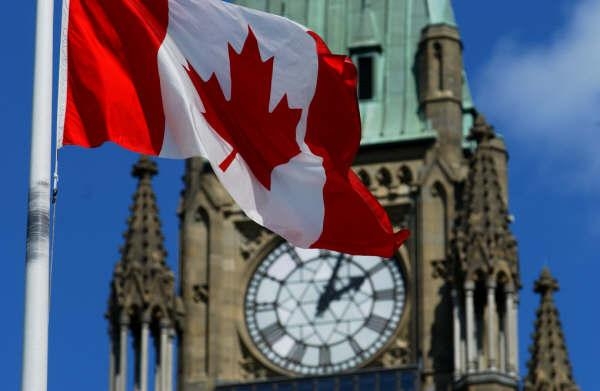
What’s The State Of Oral Care In Canada?
There is documented history of dentistry in Canada dating back to the early 1800s, when "dentists" were frequently artisans without training in medicine or surgery who yet managed to extract painful teeth using ingenious equipment.
The Ontario Dental Association and An Act Respecting Dentistry from 1868 authorized the province to self-regulate and license dentists via the province's Royal College of Dental Surgeons. The CDA was formally established in 1902 after similar actions were taken by other Canadian provinces and territory.
While dentistry has been practiced for centuries, it was first omitted from Canadian Medicare owing to a complex web of causes including professional stigma, cultural attitudes toward dentists, economics, legislation, and even the prevalence of dental disease. While many dentists are not totally against any kind of public system engagement, many would rather see no government intervention in the dentist-patient relationship than have Medicare cover dental treatment.
By 1948, when the United Kingdom formed its National Health Service, the potential economic consequences of paying universal dental care became clear in Canada, and a significant increase in demand for dentistry after the introduction of universal coverage was anticipated.
The state of one's dental health has a significant impact on one's general life quality and well-being. After conversations with Babin Dentistry, we concluded that having healthy teeth and gums makes it possible to communicate, smile, and consume food and liquids. When it comes to getting enough nourishment and being healthy, the mouth cavity is also a major factor.
In terms of population-wide oral health, Canada is consistently ranked among the top countries in the world. Canadians not only have some of the finest access to oral health care in the world, but they also have some of the best oral health indicators, including a low rate of decaying, severe chronic gum disease, missing, and filled teeth, and cases of oral and lip cancer.
Dental care use in Canada is strongly influenced by both income and access to dental insurance. Numerous studies reveal that low-income Canadians suffer from worse oral health, more untreated illness, lower dentist visit rates, higher rates of skipping dental appointments, and higher rates of denying suggested treatment due to financial constraints.
Dental care may be harder for middle-income Canadians, according to research. Middle-income employees' workplaces have changed, including dental insurance cuts. Public dental benefits may not always guarantee access to dental care for individuals insured due to numerous insurance-related restrictions.
Private out-of-pocket and employer-based insurance for dental, medication, and eye care has long been important, even if public insurance covers 70% of health care costs. Canadians mostly pay for their dental treatment.
The Canadian Population Facing Difficulties in Obtaining Medical Care
Most Canadians have ready access to quality dental treatment, as shown by the high levels of oral health reported in the Report of the Oral Health Component of the Canada Health Measures Survey. Individuals who don't have the opportunity for routine dental treatment have worse oral health than the overall population. Let’s focus on the most pressing issues related to oral health for the most at-risk populations.
Children
Oral illnesses typically start in the preschool years, yet children aged 0 to 6 are routinely excluded from surveillance studies. The development of healthy routines for caring for one's teeth and gums also begins at this time. The prevalence of tooth decay in young children is a major issue for this demographic. Therefore, it's crucial to think about providing dental care to all children under the age of 18.
Elderly Residents of a Long-term care facility
Most persons residing in nursing homes have preexisting medical conditions, necessitating the development of novel oral health approaches and standards of care for those with multiple diseases.
Native Americans
First Nations people, Inuit people, and Métis people are the three main groups that make up Indigenous peoples. Each of these groups has its own history, language, culture, and spiritual beliefs. Understanding the nuanced differences between these constituencies is crucial for productive discussion moving forward. Attempts to enhance oral health must be created with cultural awareness and sensitivity in mind.
New arrivals who are recognized as refugees
These people have a serious need for oral health care. The dental community is banding together to help governments get the services they need. It's important that immigrants in Canada have access to immediate dental treatment, therefore many dentists around the country continue to donate their time.
Disabled individuals
As eating and socializing are essential to everyone's health and well-being, those with physiological and cognitive limitations have unique oral care requirements. However, they are more vulnerable to the life-threatening effects of dental caries and periodontitis.
People with low incomes
Only a tiny fraction of Canadians, on the whole, lack the means to get proper dental treatment. Many of them lack dental coverage, lack access to dental care, and are thus unlikely to get the care they need. In order to mitigate these threats to health, a solid social safety net is essential.
Final words
However, Canada's oral health for some demographics requires improvement. Canada, like many other nations, struggles to provide oral health care to its most vulnerable groups. Non-dental-care Canadians have poor oral health, according to research.









